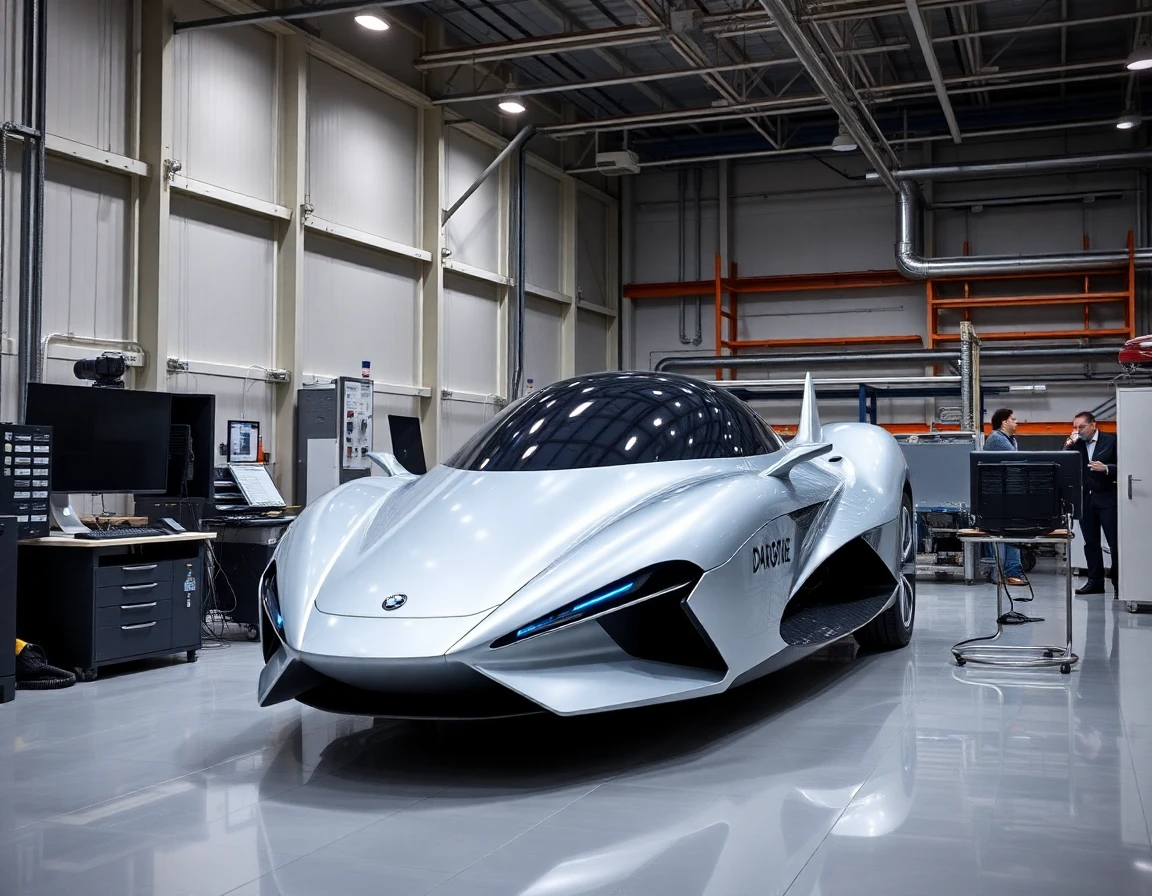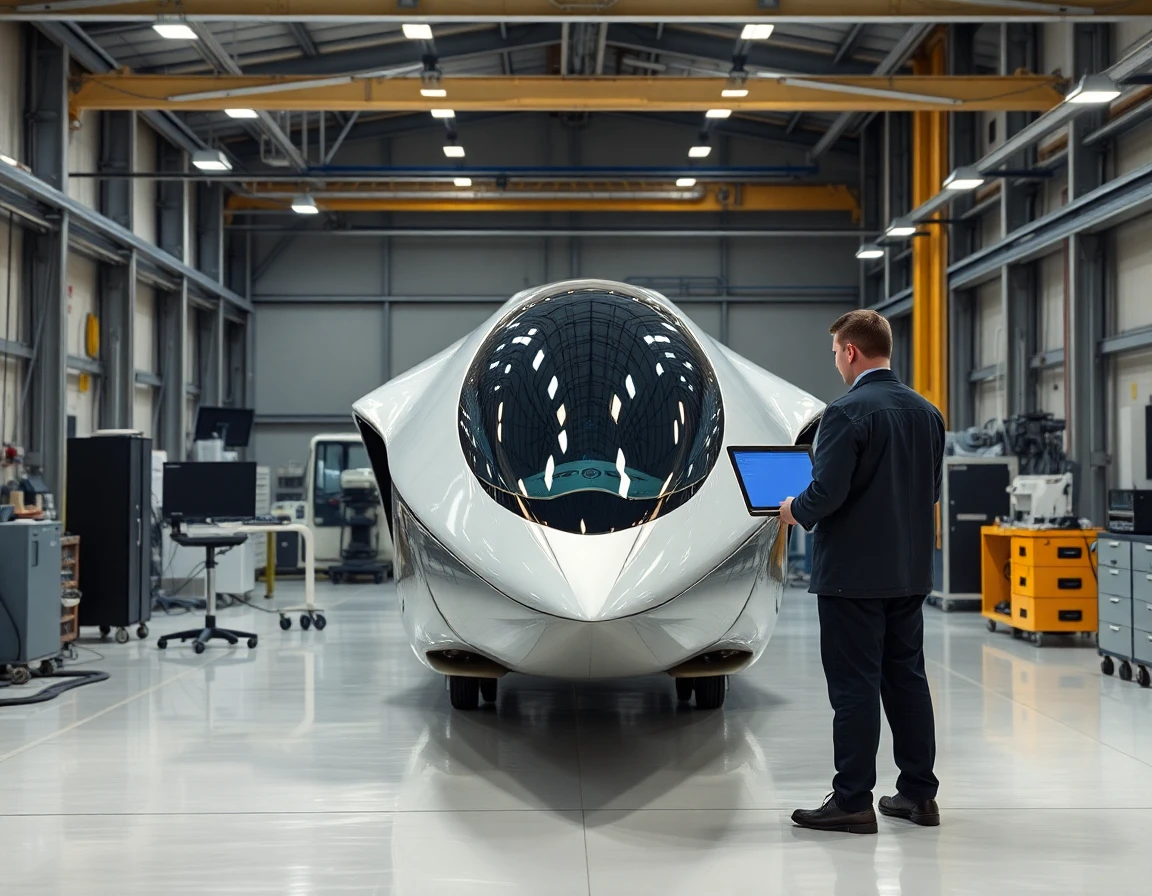Hypersonic technology has emerged as a transformative force in the aerospace and defense sectors, representing a paradigm shift in speed and capability. Defined as flight at speeds exceeding Mach 5, hypersonic vehicles promise unprecedented advantages in both offensive and defensive operations. As nations invest heavily in research and development, the latest advancements in hypersonic technology signal a new era of military strategy and technological integration.
Understanding Hypersonic Technology
Hypersonic technology encompasses the design and implementation of vehicles that can travel at speeds greater than five times the speed of sound. This capability allows for rapid response times and the ability to evade traditional missile defense systems. One of the key benefits of hypersonic flight is its ability to maneuver during flight, making it difficult to track and intercept using conventional radar systems.
Key Components of Hypersonic Systems
The efficacy of hypersonic vehicles relies on several critical components, including:
- Thermal Management Systems: These systems are essential for managing the extreme heat generated during hypersonic flight. Advanced materials and designs are being developed to ensure that vehicles can withstand temperatures that exceed 1,500 degrees Celsius.
- Inertial Navigation Systems: Precision in navigation is crucial for hypersonic vehicles. Advanced inertial navigation systems provide precise guidance, enabling these vehicles to maintain their trajectories even in the event of external interference.
- Gyroscopic Instruments: To ensure stability and control at high speeds, hypersonic vehicles utilize sophisticated gyroscopic instruments which allow for real-time adjustments in flight path and orientation.
Recent Developments and Test Programs
The race for hypersonic supremacy has seen several nations, including the United States, Russia, and China, ramping up their test programs. In 2023, the U.S. Department of Defense reported significant progress in its hypersonic initiatives, with successful flight tests demonstrating the capabilities of various prototypes.
Dr. Emily Sanders, a defense technology analyst at the Center for Strategic and Budgetary Assessments, commented, “The advancements in hypersonic technology not only enhance offensive capabilities but also serve as a deterrent against potential adversaries. These technologies can redefine the strategic balance worldwide.”
Case Study: U.S. Hypersonic Weapons Program
The U.S. hypersonic weapons program has been a focal point of defense innovation, with projects like the Common Hypersonic Glide Body (CHGB) showcasing the potential for rapid global strike capabilities. The CHGB is designed to operate at hypersonic speeds while maintaining maneuverability, making it a formidable asset in modern warfare.
Experts indicate that the integration of high-performance sensors, such as the Advanced Sensor Module (Model: JDWZZ3430D), is vital to the success of hypersonic systems. This module, featuring a 9-DOF MEMS IMU, enhances the stability and motion sensing capabilities required for precise navigation and control during flight.
Challenges Ahead
Despite the impressive advancements, hypersonic technology faces several challenges. The development of reliable thermal management systems is essential to ensure the safety and longevity of hypersonic vehicles. Additionally, the integration of cutting-edge radar systems remains a critical area of focus, as traditional radar technologies struggle to detect and track hypersonic objects effectively.
The Role of Radar Systems
To counter hypersonic threats, defense establishments are investing in next-generation radar systems capable of tracking high-speed, maneuverable targets. These systems utilize advanced algorithms and data fusion techniques to enhance detection and response capabilities. As noted by Dr. John Thompson, a senior researcher at the Institute for Defense Analyses, “The evolution of radar systems is crucial in providing the situational awareness needed to address the challenges posed by hypersonic threats.”
The Future of Hypersonic Technology
As research and development in hypersonic technology continue to evolve, it’s clear that the implications for global defense strategies are profound. The ability to strike targets with incredible speed presents a strategic advantage but also raises concerns regarding escalation and the potential for arms races.
Industry experts predict that collaboration between public and private sectors will be essential for overcoming the technical hurdles associated with hypersonic development. With ongoing investments and innovations, hypersonic technology is poised to play a pivotal role in future military operations, shaping the landscape of modern warfare for years to come.
In conclusion, hypersonic technology represents both an opportunity and a challenge for defense systems worldwide. As nations strive to achieve supremacy in this domain, the integration of advanced systems, including inertial navigation systems and gyroscopic instruments, will be crucial in ensuring operational effectiveness and strategic advantage.
For more information on hypersonic technology advancements, stay tuned for updates from leading defense research organizations and industry experts.



